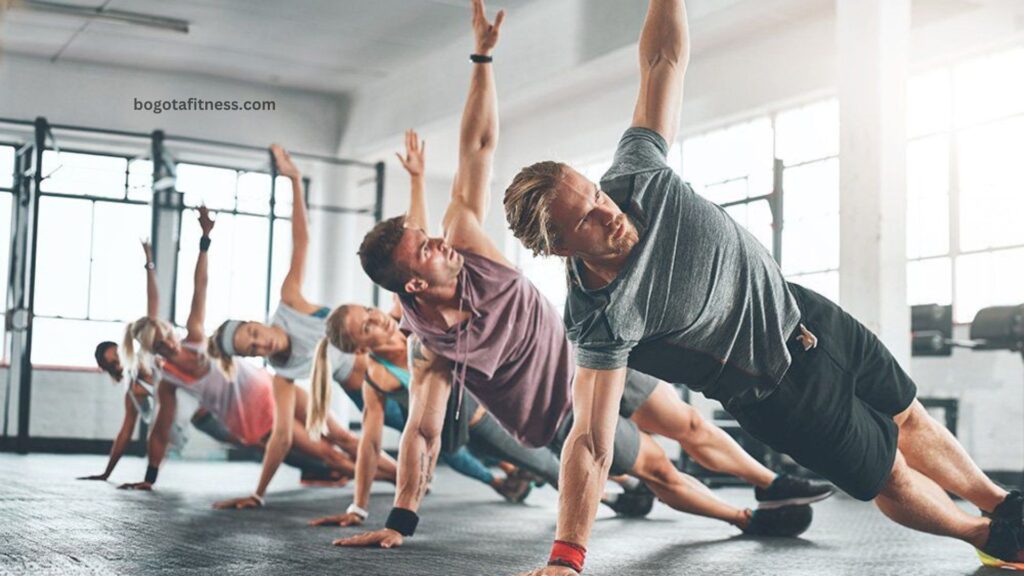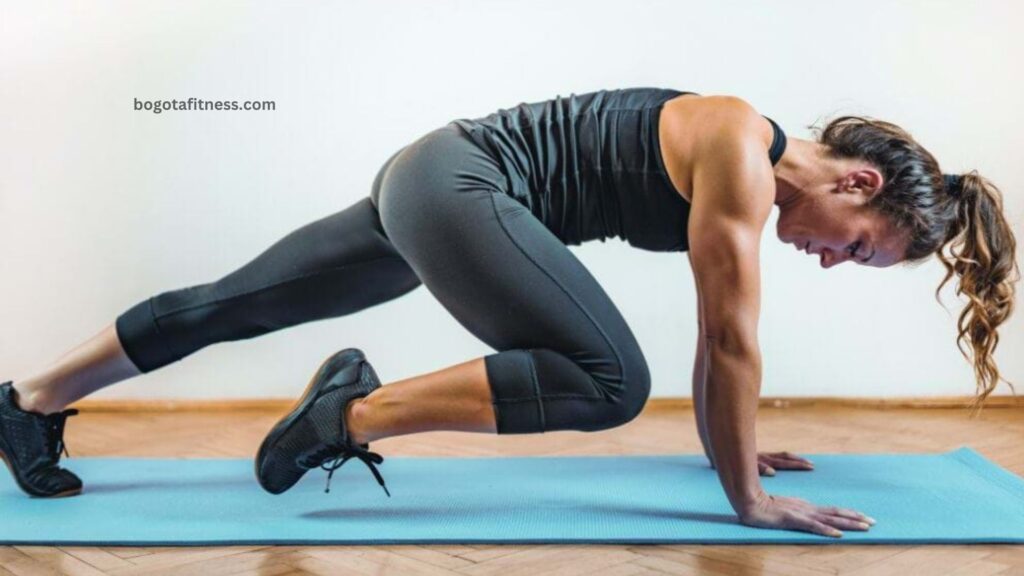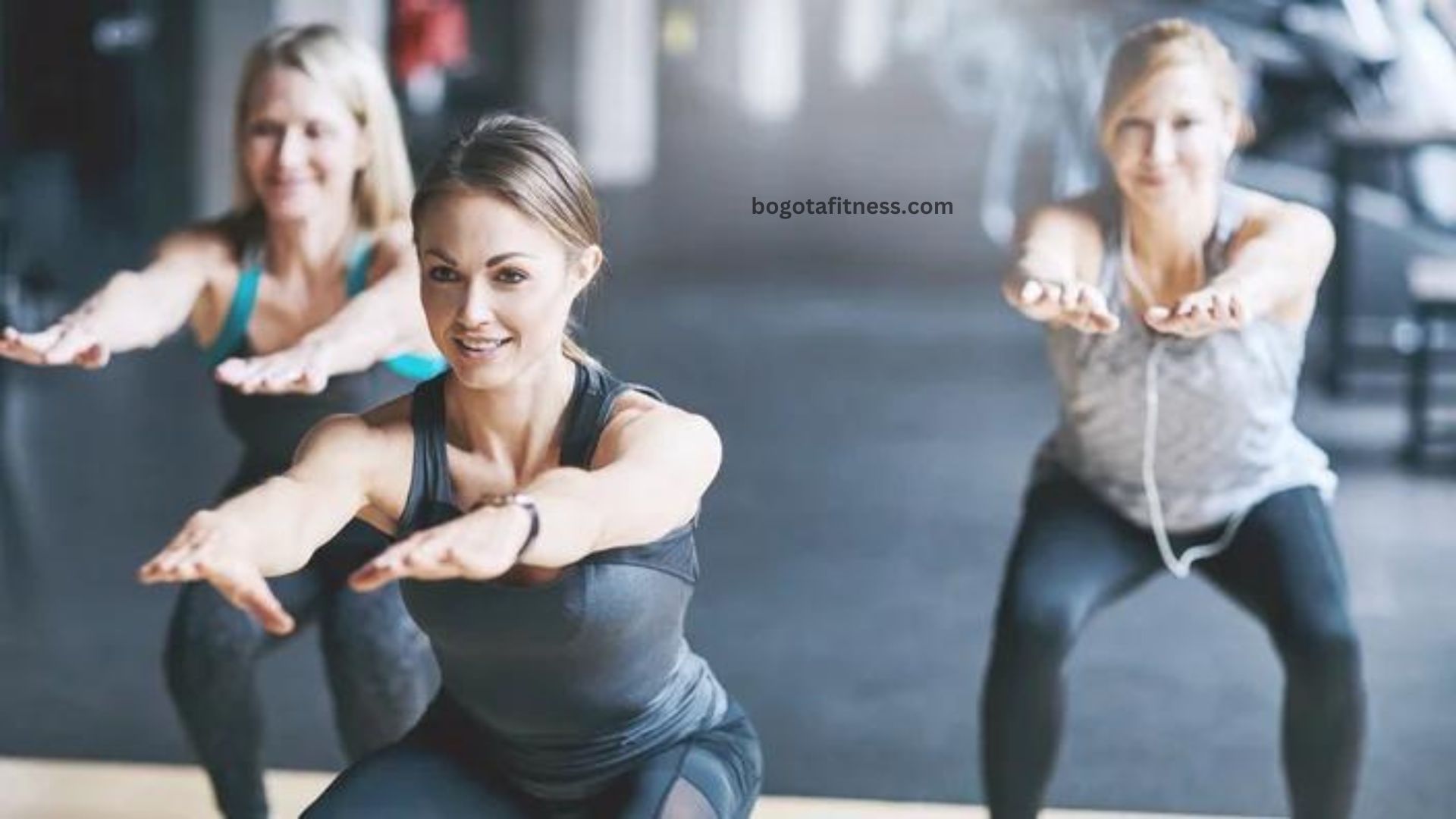Vigorous exercise and recuperation are combined in high-intensity interval training (HIIT). Exercise novices may find it intimidating. However, the exercises can be modified to suit novices, experienced athletes, and all intermediate skill levels.
The exercise regimen is an excellent approach to increase your stamina and burn calories. For that reason, HIIT may be the perfect fit for you if you’re looking to step up your fitness routine. To get started, discover its main advantages, workouts, and recommended procedures.
How does high-intensity interval training work?
You alternate between brief, intense workout bursts and slower, more restorative phases when doing high-intensity interval training. For instance, a one-minute run followed by two minutes of vigorous walking could constitute an HIIT treadmill workout. A beginner might accomplish a 15-minute HIIT workout by completing five rounds of these run-walk intervals.
You can push yourself harder during the tough intervals because recovery is an integral element of the workout. Additionally, when exercising in short bursts rather than continuously or steadily, your body is pushed harder. The goal heart rate range for a moderate-intensity aerobic workout is 50% to 70% of maximum heart rate. During an HIIT interval, your target heart rate should range from 80% to 95% of your maximum heart rate. That indicates that you are exerting all of your effort.
Your lungs can’t take in enough oxygen to support the activity for very long during an HIIT workout since your muscles are working so hard. Thus, you alternate short bursts of high-intensity training between aerobic and anaerobic forms. The goal of HIIT is to increase your heart health, endurance, and general fitness while safely pushing your body.
What are the benefits of HIIT exercises?

HIIT is a heart-healthy workout that has a number of advantages. HIIT exercises provide the following main benefits, all supported by research.
1. Improves aerobic fitness
HIIT raises your VO₃ max, a gauge of your endurance and aerobic fitness. The entire amount of oxygen your body consumes as fuel during high-intensity exercise is known as your VO₃ max. Furthermore, studies suggest that HIIT rather than moderate, steady-state training may be more successful in raising VO2 max.
2. Lowers blood pressure
Blood pressure is one of the many heart health indicators that the interval training approach may improve. A 6-week HIIT training was found to effectively decrease blood pressure in elderly men in one research. Their cardiovascular systems performed better as well.
3. Reduces blood sugar levels
HIIT may help reduce blood sugar levels, according to studies. Both HIIT and moderate-intensity continuous training can assist persons with Type 2 diabetes control their blood sugar by enhancing insulin sensitivity. The chance of acquiring Type 2 diabetes can also be decreased by exercise, especially HIIT.
4. Burns calories quickly
Your heart rate rises as you exercise at almost maximal effort during high-intensity intervals. Your heart rate is higher during brief recovery intervals even if you are not exerting as much energy as you would during rest. This keeps your heart rate up during the exercise, which helps you burn calories quickly.
One review suggests that HIIT may be equally beneficial at improving cardiovascular disease risk variables as continuous, moderate-intensity exercise. However, HIIT workouts take less time to complete. For those with hectic schedules who can only commit to quick workouts, this is excellent news.
5. Increases metabolism
After your HIIT workout is over, you might continue to burn calories. HIIT raises excess post-exercise oxygen consumption (EPOC), according to research. After a workout, EPOC helps your body burn calories by replenishing oxygen.
6. Supports healthy weight loss
Increased burning of calories might aid in sensible weight loss. According to one review, HIIT was more effective in reducing body fat than moderate, steady-state exercise.
Also Read: COMPLETE HOME WORKOUTS: BEST FULL-BODY EXERCISES
7. Builds muscle
You don’t have to lose muscle in order to lose weight. You can target several muscle groups with HIIT workouts by incorporating multiple exercises into your routine. You can maintain or gain muscle mass by doing this.
Researchers looked at how an HIIT program affected middle-aged men who weren’t exercising. The men’s strength and lean muscle mass rose after three weeks. Additionally, having more muscle mass may improve your athletic ability.
8. Promotes better sleep
It should come as no surprise that hard HIIT workouts improve your quality of sleep. High- and moderate-intensity interval training was found to lessen fatigue and enhance the quality of sleep in a short research.
9. Boosts memory
Exercise on a regular basis is known to be beneficial to the brain. It has been demonstrated that high-intensity interval training enhances cognitive performance. Researchers examined the impact of exercise on older persons’ memory in a small study. Compared to stretching and steady-state exercise, HIIT improved memory more.
10. Enhances mental health
Higher mental health has been associated with HIIT. People with physical and mental problems may experience less stress and depressive symptoms as a result of the training strategy.
How do you get started with HIIT?
Consult your healthcare provider prior to beginning any new training regimen or activity. You can then schedule your HIIT exercise.

Consider the frequency, intensity, and length of the intervals. The difficult intervals ought to be brief enough for you to exert your fullest effort while still being safe. You could begin with a recovery-to-work ratio of 2:1 or 3:1. In other words, your recovery intervals are longer than your high-intensity intervals by a factor of two or three. A 3:1 ratio, for instance, would consist of 90-second recuperation intervals after 30-second high-intensity intervals.
Exercise intensity varies from person to person. Thus, it could be challenging to estimate at first. It depends on your level of fitness and health right now as well as how difficult an activity is for you. If you’re a newbie, think about beginning with moderate-intensity intervals rather than high-intensity ones. A fitness tracker can be used to keep an eye on your heart rate. Alternatively, you can use the speak test to gauge how intense your activity is.
Workout durations for HIIT differ. Thus, you can begin with 10-minute sessions that are shorter. Work your way up to a workout that lasts 15 or 20 minutes. Never forget to schedule a warm-up and cool-down for each exercise session.
What are the best HIIT workouts for beginners?
There are numerous choices available to you regarding HIIT exercises. However, it could be preferable to begin with activities that are already a part of your routine, such as squats, running, or cycling. Alternatively, you can go for beginner-friendly exercises like jogging or brisk walking.
Your HIIT program should ideally consist of exercises that work different muscle groups, giving your entire body a workout. You have several possibilities for doing your HIIT workout without any equipment, so you may try it at home or at the gym.
Here are some basic HIIT exercises, though this is by no means an exhaustive list:
- Walking
- Stair climbing
- Running
- Cycling
- Rowing
- Jumping jacks
- Jumping rope
- Bodyweight squats
- Lunges
- Push-ups
Sample HIIT workout for beginners
HIIT can be used for practically any kind of exercise, such as bodyweight strength training and aerobics.

This is an example of a beginner’s cardio HIIT workout:
- Warm-up: To finish a 5-minute warm-up, repeat the following exercises for one minute: side lunges, running in place, hip circles, shoulder rolls, and arm swings.
- Jumping jacks: For 30 seconds, perform as many jumping jacks as you can. Step jacks can be used to rest or recuperate for 60 seconds.
- High knees: For thirty seconds, run as quickly as you can while keeping your knees up. March in place for 60 seconds to rest or recuperate.
- Mountain climbers: For 30 seconds, perform fast mountain climbers while lying on your back in a plank posture. This exercise can be compared to floor running. Take a break or reduce your speed for a minute to recuperate.
- Skater jumps: For thirty seconds, hop back and forth to perform skater leaps. Step back and forth for 60 seconds without jumping to rest or recover.
- Burpees: For 60 seconds, perform as many burpees as you can. Spend 60 seconds walking still to relax or recuperate.
- Cooldown: To ease into a cooldown, march in place or take a two-minute stroll. After, perform focused stretches. The standing quadriceps stretch, hamstring stretch, and crossbody shoulder stretch are a few examples.
You can perform the circuit twice as you gain endurance; it consists of five exercises and five rest intervals.
How often should you do HIIT workouts?
HIIT is a high-intensity interval training regimen. Furthermore, excessive high-intensity exercise may be harmful to your health. Thus, it’s critical to provide your body enough time to recover between workouts. To prevent overtraining or injury, think about including HIIT into your regimen once or twice a week.




